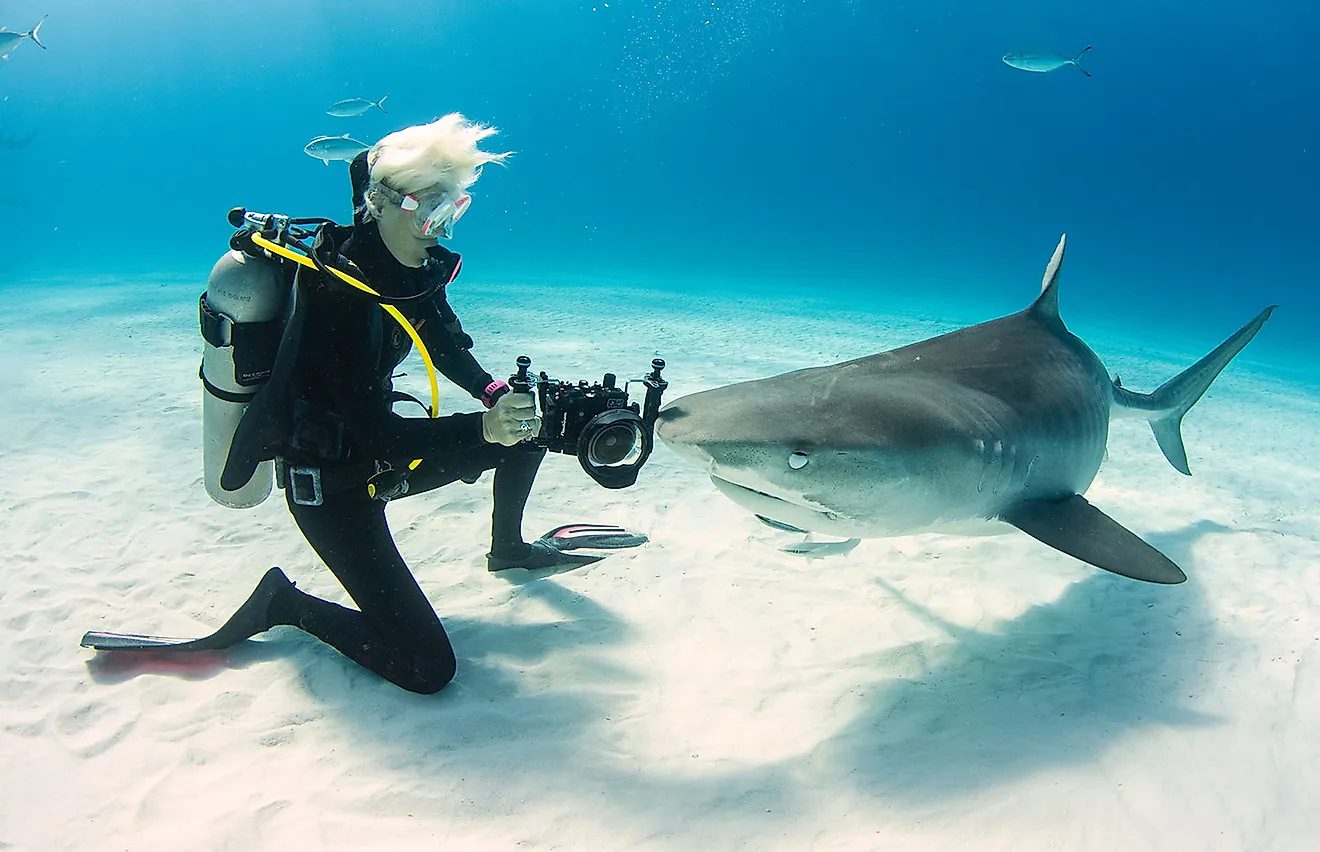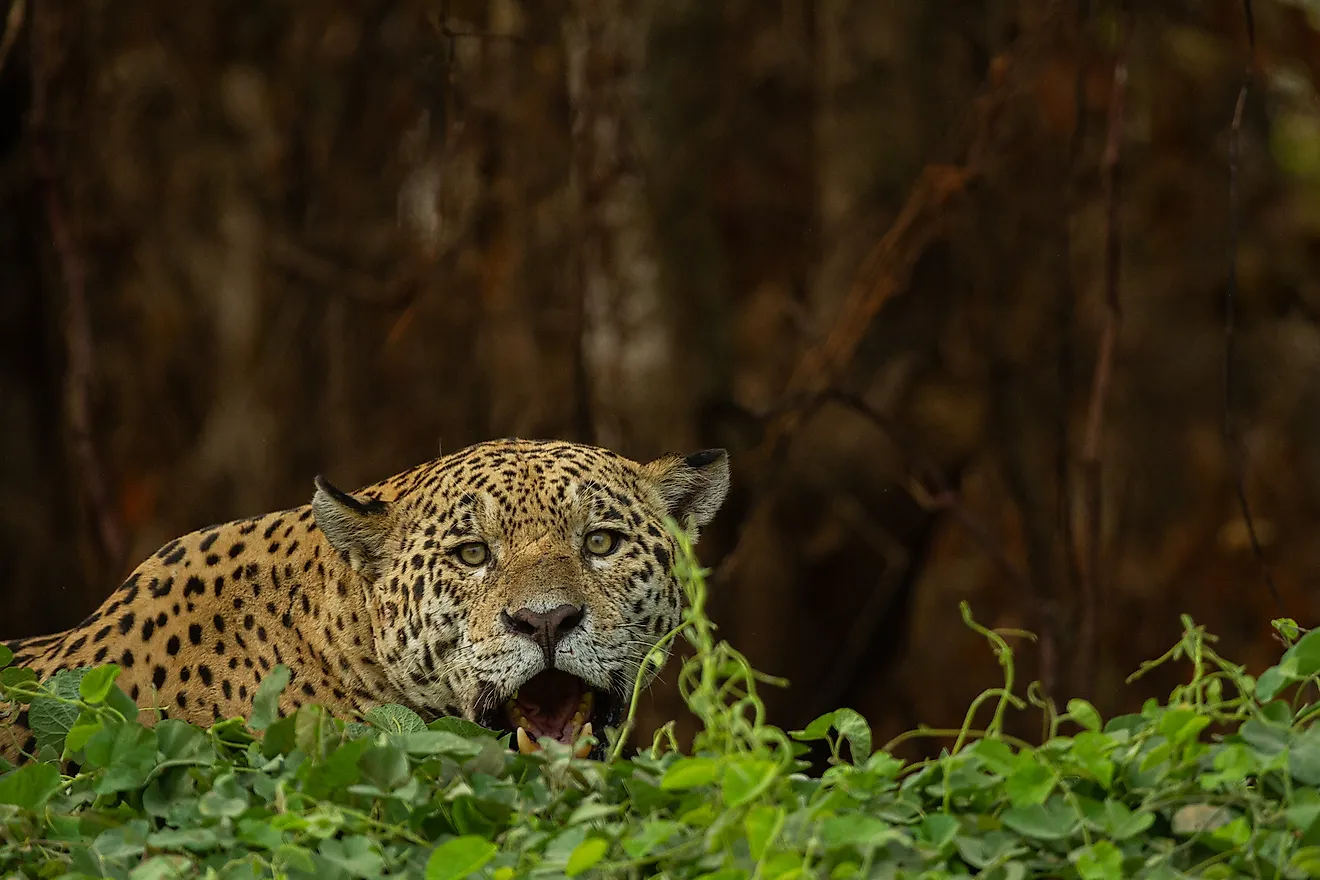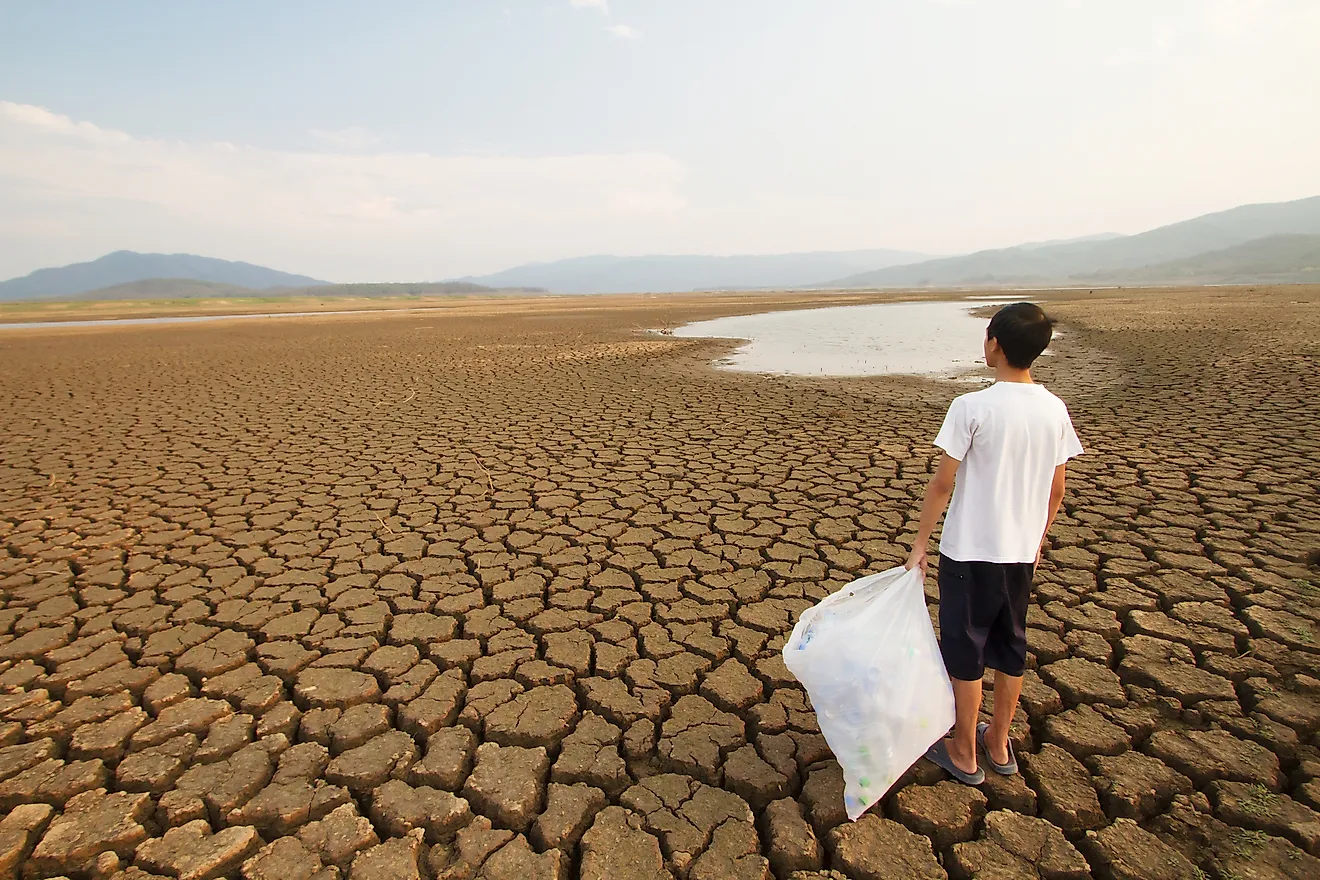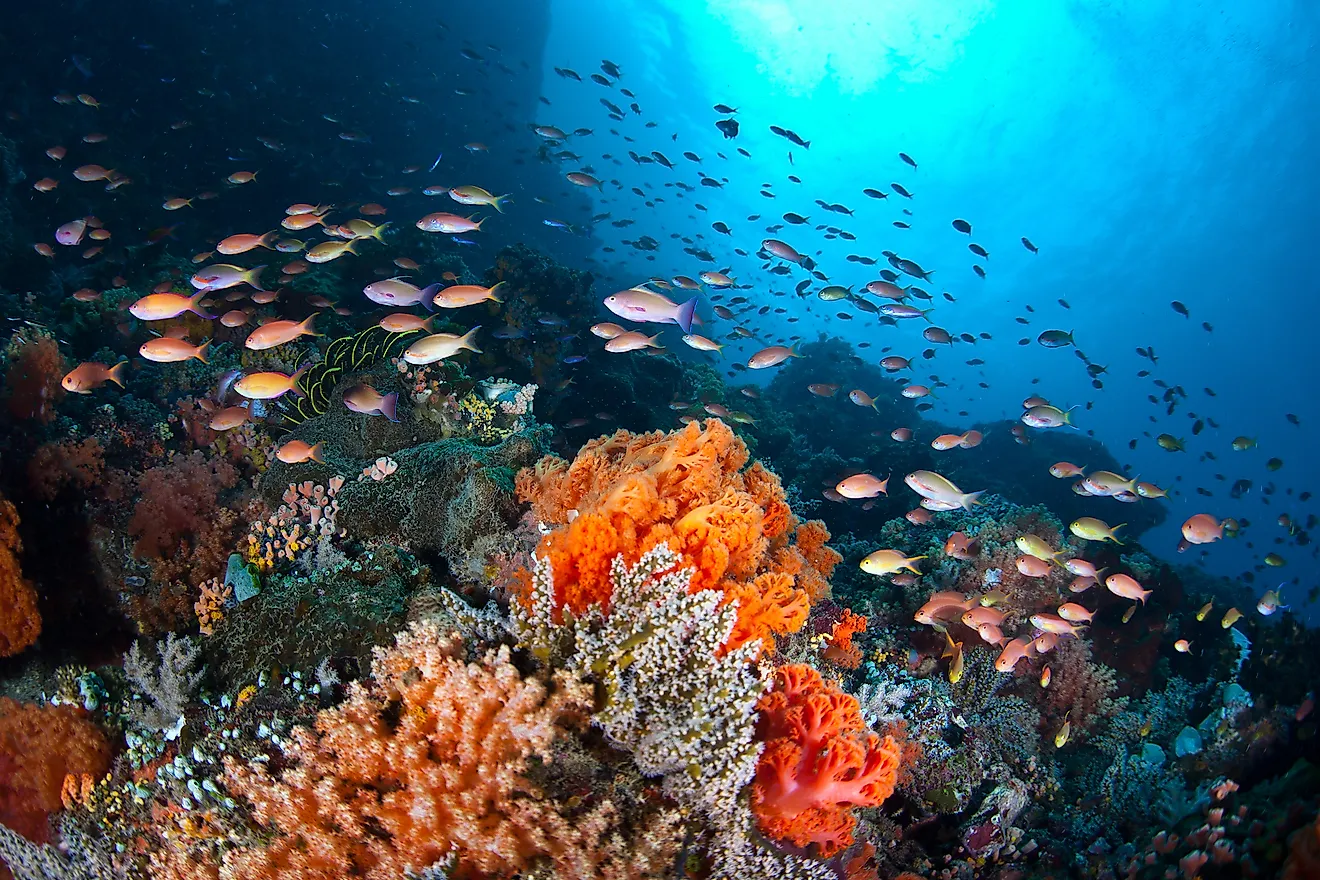The Jefferson River
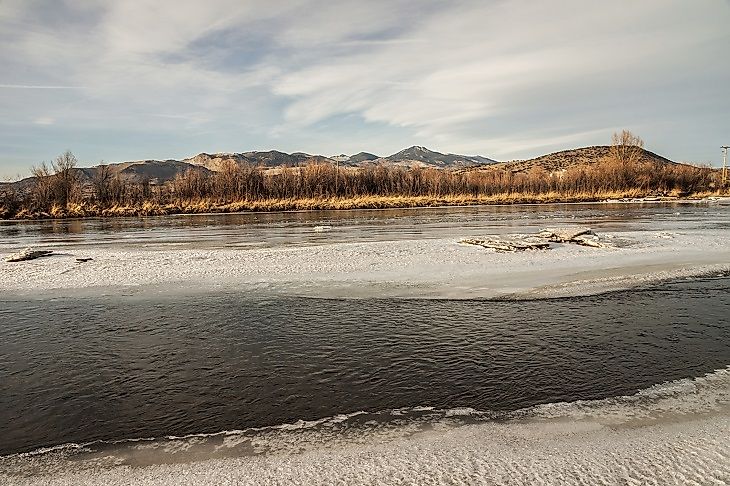
5. Description
The Jefferson River, named after the third United States President, Thomas Jefferson, is a 134-kilometer-long river in the state of Montana State in the United States, and forms one of the major tributaries of the Missouri River. The source of the river is in the Gravelly Range in southwestern Montana, from where it flows along the Red Rock Pass and Red Rock lakes as the Red Rock River. After the Big Hole and Ruby rivers join the Red Rock, it is thereafter known as the Jefferson River. The river then continues to flow until it joins the Madison and Gallatin Rivers, which ultimately flow to join the Missouri River.
4. Historical Role
Discovery of "Clovis points", which are hunting tools used by ancient tribes, and Paleo Indian cooking pits near the Jefferson River system point towards the habitation of the land in this region by Paleo Indians around 12,000 to 13,000 years ago. Climate change and increased aridity probably displaced these ancient human settlements around 6,000 to 7,000 years ago, and from that time until the arrival of the European explorers the region was only sporadically inhabited by migrating indigenous tribes. Hunting and gathering was the primary occupation of the native Indian tribes during this time. In 1804, after the Missouri River Basin came under the control of the United States, the American explorers Meriwether Lewis and William Clark were sent by the United States government on an expedition to discover the upper reaches of the Missouri. The expedition was successful, and the headwaters of the Missouri, including the Jefferson, Madison, and Gallatin Rivers, were discovered and named during this expedition.
3. Modern Significance
The Jefferson River basin offers one of the best recreational venues for tourists and outdoor enthusiasts all year-round. The entire basin, from its source to the point where it joins the Missouri, is rated as Class I water for recreational activities. Boating, fishing, paddling, and just floating along are some of the aquatic activities that can be enjoyed here. Bird-watching and wildlife spotting is also quite popular around the wildlife-rich Jefferson River Basin. Besides tourism, the Jefferson River watershed is a treasure trove for geologists, as it hosts rocks belonging to various eras of geological history, ranging from the oldest to the youngest. The study of these rock formations promise to yield significant amounts of scientific data that can give scientists more insight into the geological history of North America.
2. Habitat
A large and diverse variety of fish species thrive in the waters of the Jefferson River Basin, including Mountain suckers, Rainbow trouts, Northern pikes, Brook trouts, Cutthroat trouts, and Mountain whitefish. The upper Jefferson River Basin's vegetation is comprised by extensive meadows and cottonwood groves. Swamps and meadows, meanwhile. dominate the landscapes towards the middle of the Jefferson basin. The lower Jefferson basin is again more species-rich than the middle section of the river, and itself supports the growth of cottonwood groves, swamps, and meadows. Coyotes, foxes, beavers, deer, and moose are some of the mammalian species inhabiting the Jefferson River's ecosystem. Besides these, a large number of avian species, like Yellow warblers and Sandhill cranes, and such reptiles as venomous rattlesnakes and several kinds of turtles, might also be spotted here.
1. Threats and Disputes
Spotted knapweed, an invasive weed species, poses a significant threat to the Jefferson River's ecosystem. The weed grows in abundance and proliferates explosively, and in so doing replaces the natural food sources of the wildlife inhabiting the region and costing the state government millions of dollars in efforts to remove this species. The occurrence of rising global temperatures is also likely to affect the long-term survival of the endemic species of the Jefferson River's habitats. Heat stresses fish and also lowers the water level of the rivers by causing greater evaporation, in the process reducing the volume of water available to the aquatic and terrestrial species of the habitats.


